“Skirt Stories: Exploring the Cultural and Historical Significance”
Embark on a fascinating journey through time and cultures as we delve into the rich tapestry of “Skirt Stories.” From traditional garments to modern fashion statements, skirts have played a central role in shaping cultural identities and reflecting societal changes throughout history.
**1. Ancient Elegance:**
*The history of skirts dates back to ancient civilizations where both men and women wore draped garments. In ancient Greece, the peplos and chiton exemplified grace and simplicity, while the Roman toga symbolized status and authority.*
**2. Medieval Tapestries:**
*During the medieval period, skirts became intricately woven into the fabric of societal hierarchies. From the elaborate gowns of royalty to the practicality of peasants’ attire, skirts told stories of class, occupation, and identity.*
**3. Renaissance Refinement:**
*The Renaissance era brought about a revival of art, culture, and fashion. Skirts took on voluminous silhouettes with layers of fabric, showcasing luxurious materials and intricate embellishments that reflected the opulence of the time.*
**4. Victorian Virtue:**
*The Victorian era embraced modesty and virtue in fashion. Skirts became long, voluminous, and layered, often paired with corsets to emphasize a tiny waist. This silhouette epitomized the ideals of femininity and proper decorum.*
**5. Liberation in the Roaring Twenties:**
*The 1920s saw a radical shift in fashion with the advent of the flapper era. Hemlines rose, and skirts became shorter, symbolizing newfound freedom and the changing roles of women in society. The iconic flapper skirt embodied the spirit of rebellion and liberation.*
**6. War-Time Utility:**
*During World War II, practicality influenced fashion. Skirts became shorter to save fabric, and women embraced A-line silhouettes for ease of movement. Utility skirts and kilts became symbolic of resilience and adaptability.*
**7. Swinging ’60s:**
*The 1960s ushered in a revolution in fashion, and skirts were no exception. Mini skirts challenged traditional norms, representing a break from conservatism and embracing a youthful, free-spirited energy.*
**8. Cultural Expression:**
*Skirts have long been used as a means of cultural expression. From the vibrant and intricate patterns of African prints to the graceful saris of India, skirts reflect the diversity and richness of global traditions.*
**9. Punk Rebellion:**
*The punk movement in the 1970s redefined fashion with DIY aesthetics. Tartan skirts, safety pins, and unconventional materials became symbols of rebellion and self-expression, challenging mainstream norms.*
**10. Power Suits and Pencil Skirts:**
*The late 20th century saw the rise of power dressing. Pencil skirts became synonymous with professional women, paired with structured blazers to convey authority and confidence in the workplace.*
**11. Contemporary Diversity:**
*Today, skirts are a canvas for diverse expressions of style. From the bohemian maxi skirt to the sleek pencil skirt, fashion embraces a range of influences, allowing individuals to tell their unique stories through the skirts they choose.*
**12. Gender Fluidity:**
*In the 21st century, fashion is breaking down gender norms. Skirts are no longer confined to women’s wear, as fashion becomes more inclusive and diverse. Gender-fluid styles challenge preconceived notions and celebrate individuality.*
“Skirt Stories” unravel the threads of history, culture, and societal shifts woven into this iconic garment. From the draped garments of ancient civilizations to the rebellious styles of the 20th century and the contemporary expressions of today, skirts continue to narrate stories of identity, freedom, and cultural evolution across the ages.



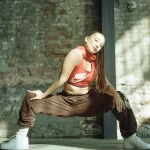







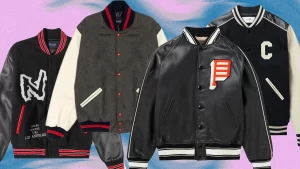
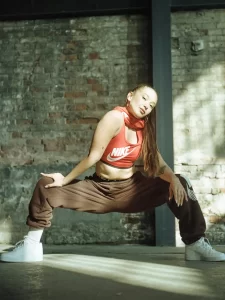
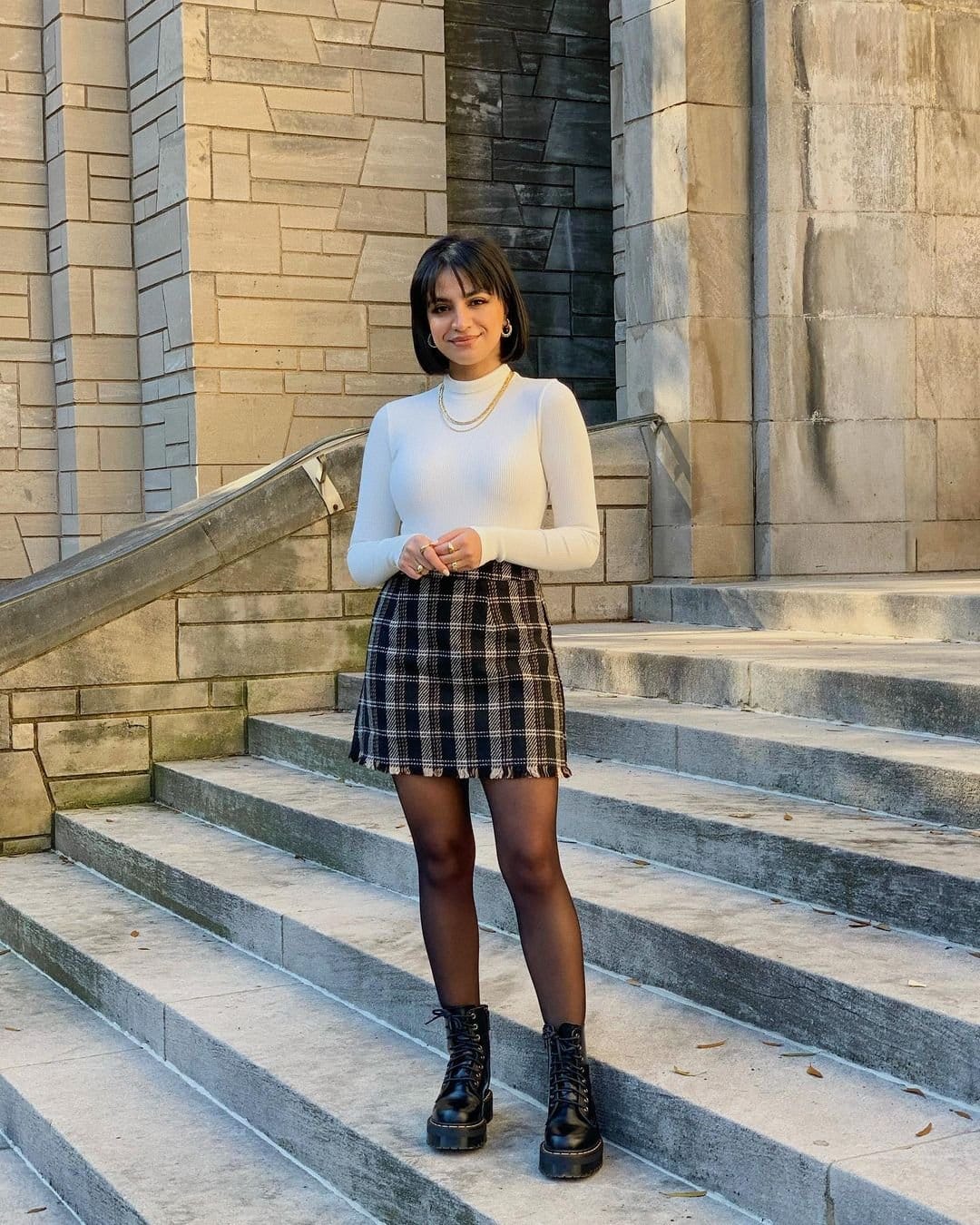


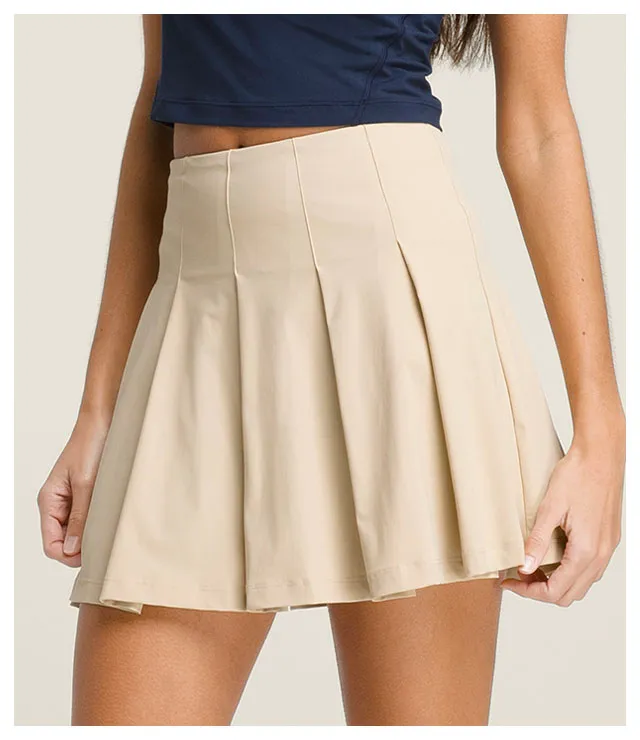
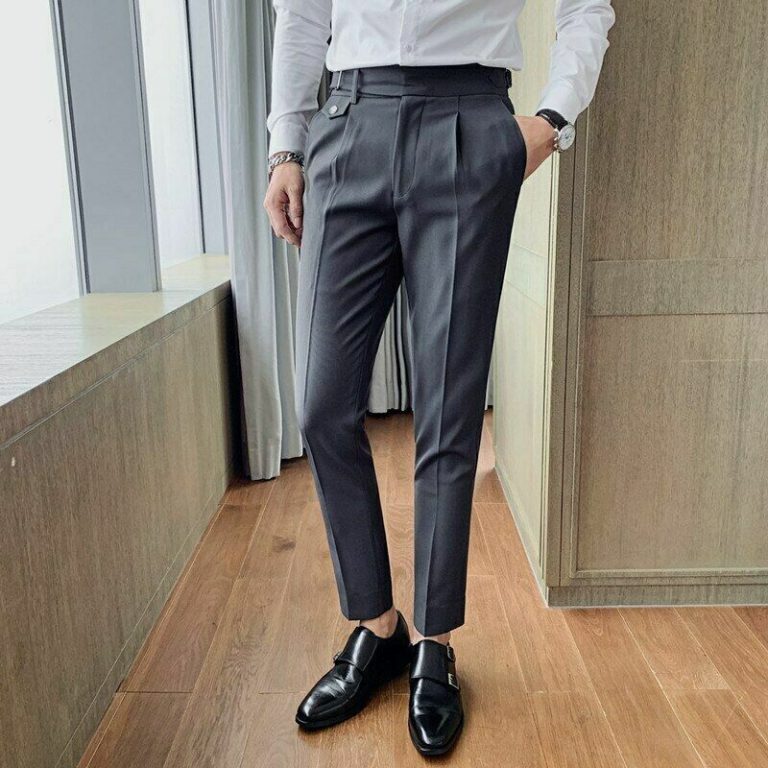
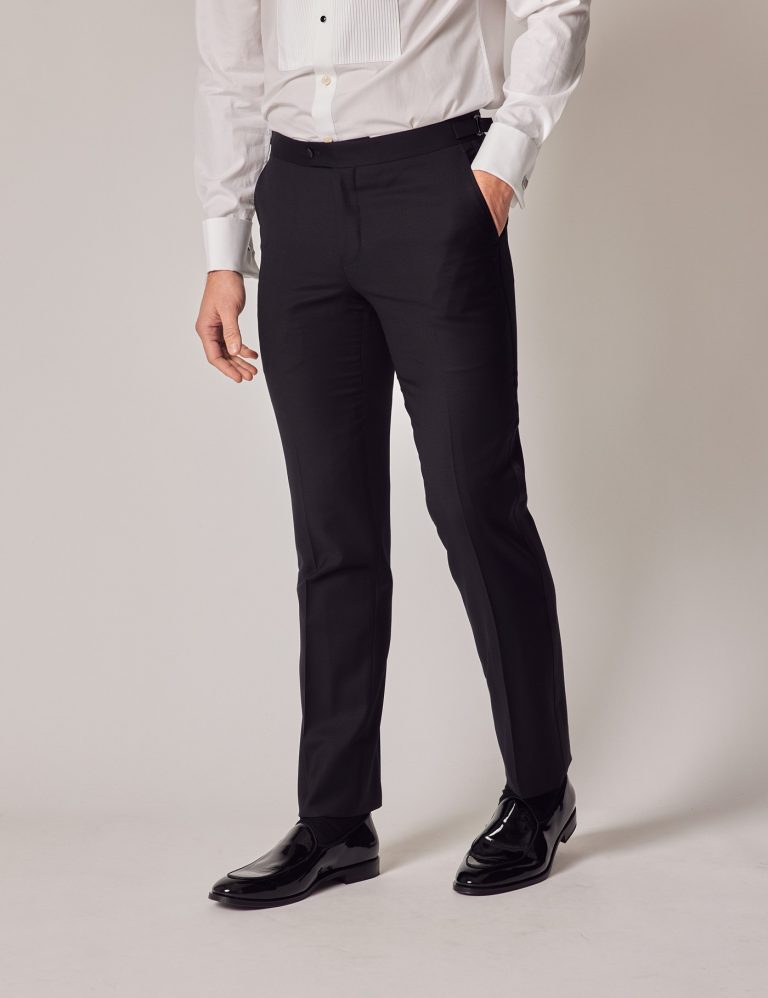
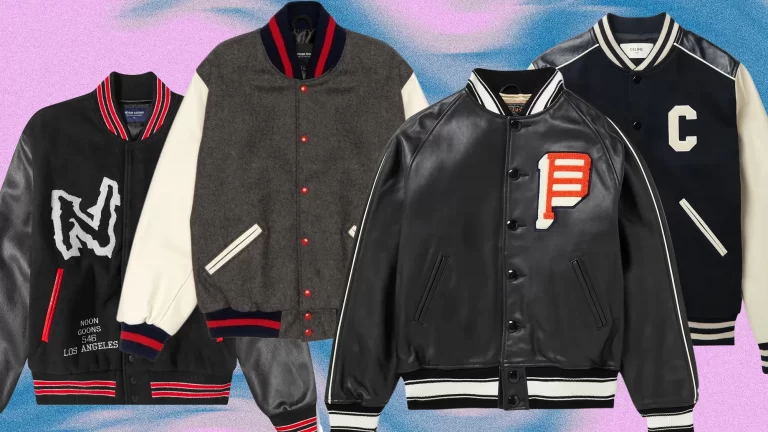


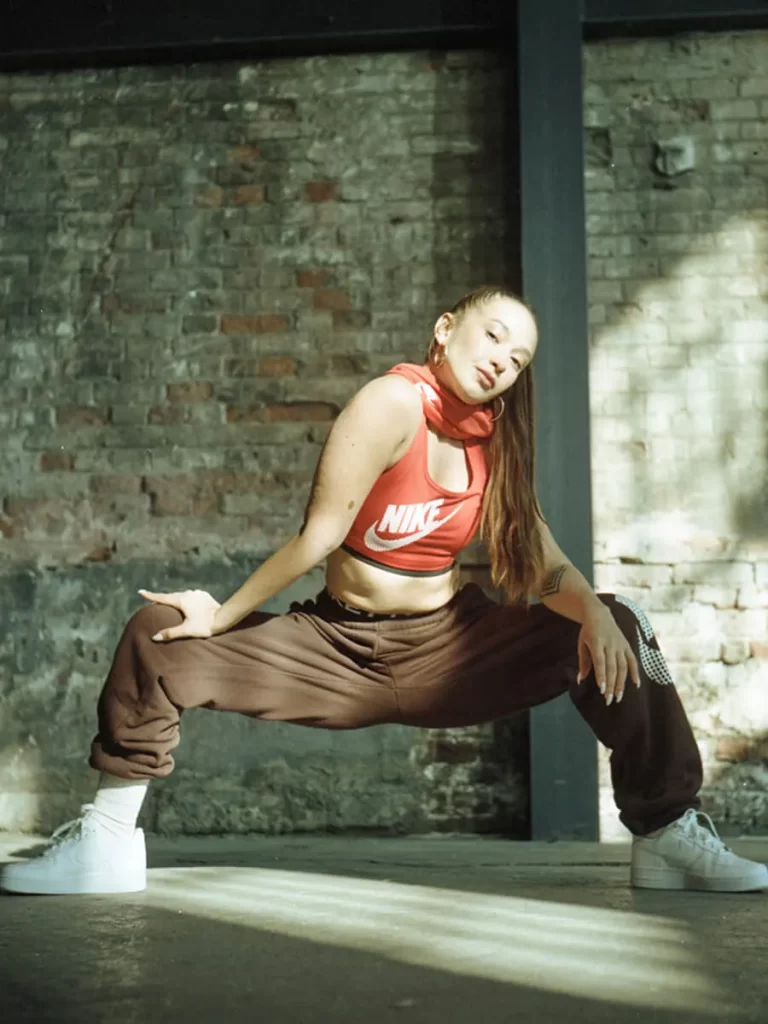
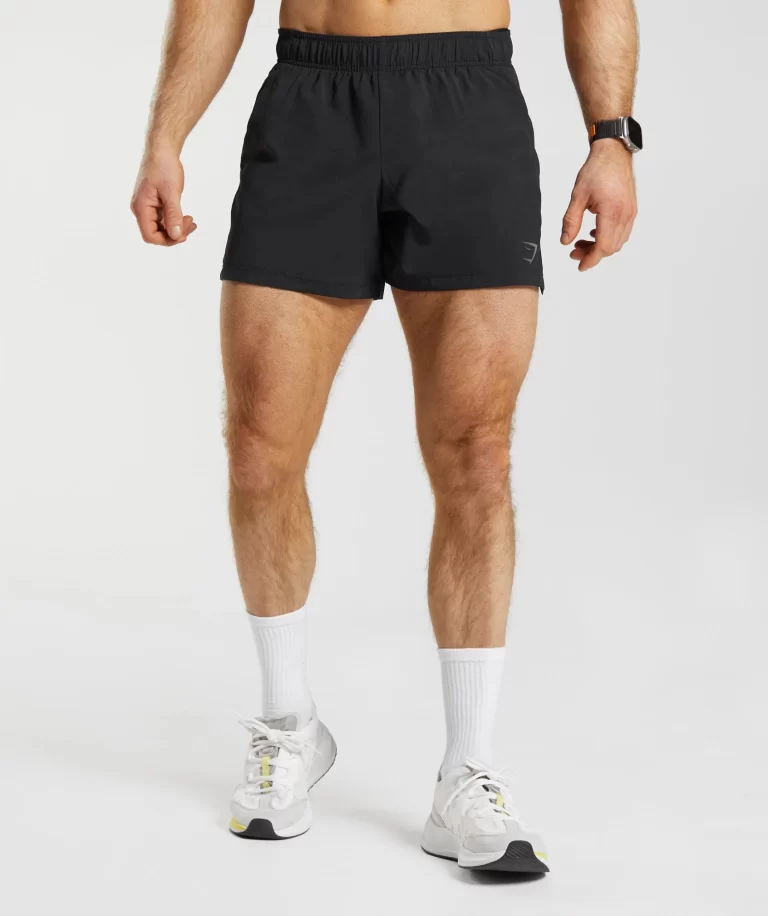

+ There are no comments
Add yours